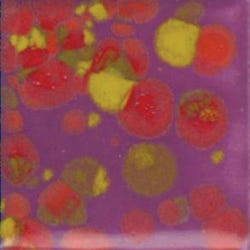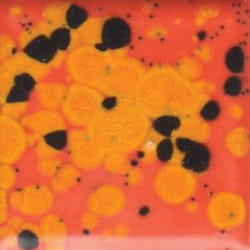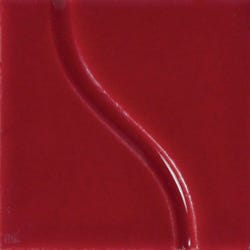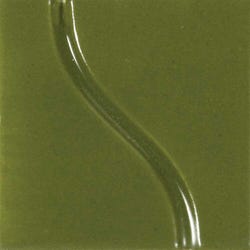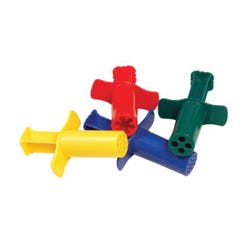Corn Folk: Outstanding in Their Field

Description
A"maize"ing corn is a vital crop worldwide, and is grown on all continents except Antarctica. It is the major agriculture crop in America serving an important role not only as food, but also as a sugar substitute (corn syrup), animal feed, and now is a major supplier of bio-fuel (ethanol) which helps gasoline burn cleaner. Corn has been around for thousands of years and was brought to North America from descendants of Meso American Aztec, Olmec and Mayan cultures.
Objectives
- Students will use slab clay to create corn cob folk sculptures. In preparation, they may research the historical and scientific importance of this vital plant.
- Students will employ their imagination and decorative prowess in the production of these whimsical corn/human figures, which might form the subject for writing exercises in language arts.
Supplies Needed
Sax® White Art Clay, 50 lbs. 446432
Clay Slabmaking Complete Ki 409782
Mayco® Decorative Patterns Press Tool 411101
Mayco® Native American Patterns Press Tool 1289972
Paint & Clay Explorers, Set of 4 410957
Fettling Knife, Soft Blade 385142
Sculpey® EZ Release Molds Art Doll Face 405632
Dough Extruders Set Sax® 085809
True Flow® Colorburst Glazes, Pints (Spicy Orange, Fiesta, Carnivale, Spring Meadow, Amaize & Blue) 246896
More Colors available on www.saxarts.com
Sax® True Flow® Gloss Glazes, Pints (More Colors available on www.saxarts.com) 1430110
Cranberry Red 1430120
Goldenrod 1430117
Olive 1430122
Purple 1430121
Standards
CONTENT Standard #1: Understanding and applying media, techniques and processes.
CONTENT Standard #2: Using knowledge of structures andfunctions.
CONTENT Standard #3: Understanding the visual arts in relation tohistory and culture.
Instructions
1
In preparation, students may research the historical, agricultural and scientific importance of this vital food source. Direct observation (sketching) of corn brought in from the market would be a good place to start. (Try contour drawing requiring detailed looking and the use of a continuous drawn line that is searching for 3-D detail). 23 On canvas covered tables, roll out 1 ½ lbs. of white or light firing clay to ¼ inch thickness using guide sticks and a roller. (1 ½ lbs. is the size of a large pear or apple).
2
Lay a 5" x 6" tag board or cardboard template on the slab and lightly draw a pencil line around the perimeter.
3
Using a roller, roll parallel lines on the longer side of the rectangle. These will represent the rows of corn kernels.
4
Once corn cob rows have been textured, replace the template on your textured clay and cut out the rectangle with a fettling knife.
5
Taper both edges (the shorter sides) by rolling them on an angle with the roller. Score and slip these tapered edges and press together. You now have a textured cylinder.
6
Stand it vertically on the table, and with a fettling knife, cut four long thin V's or darts down from the top edge (each dart about ½ inch wide and an inch long). Close these darts together after scoring and slipping their edges. This rounds off the top of the ear of corn and nearly closes it.
7
In this top of the corncob hole, fashion and place (score and slip) a face from the Mayco® or Sculpey® press molds, or you can fashion your own face gently from a ball of clay. Be sure the face has his back to your corncob seam. Add details. Clay pressed through a dough extruder pushes out a great mass of long hair which simulates real corn silk! Who says the faces have to be human? Animals? Monsters? Aliens? Gnomes? Politicians? Have fun!
8
With remaining slabs of clay, cut three corn shucks to a point, about 2 inches by 6" or 7". With a small roller, taper or thin their edges (like a knife blade) and texture them if you wish (parallel leaf veins).
9
Score, slip and overlap the shucks slightly, like you are putting a coat on the corncob, leaving plenty of textured corn rows in front to show.
10
When bone dry, bisque fire to cone 04 (1945 degrees F.)
11
Apply three coats of Sax® True Flow® Colorburst Glaze to the corn kernels per directions. Use solid color opaque Sax® True Flow® Gloss Glaze for the shucks, faces and hair.
12
Fire the glazed bisque to cone 05-06 (1888 or 1828 degrees F.)



